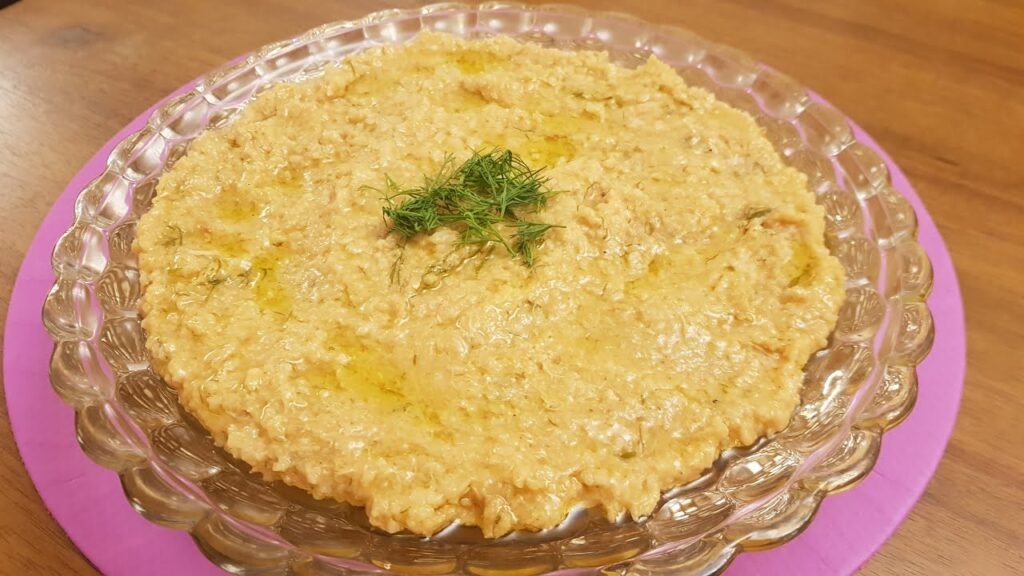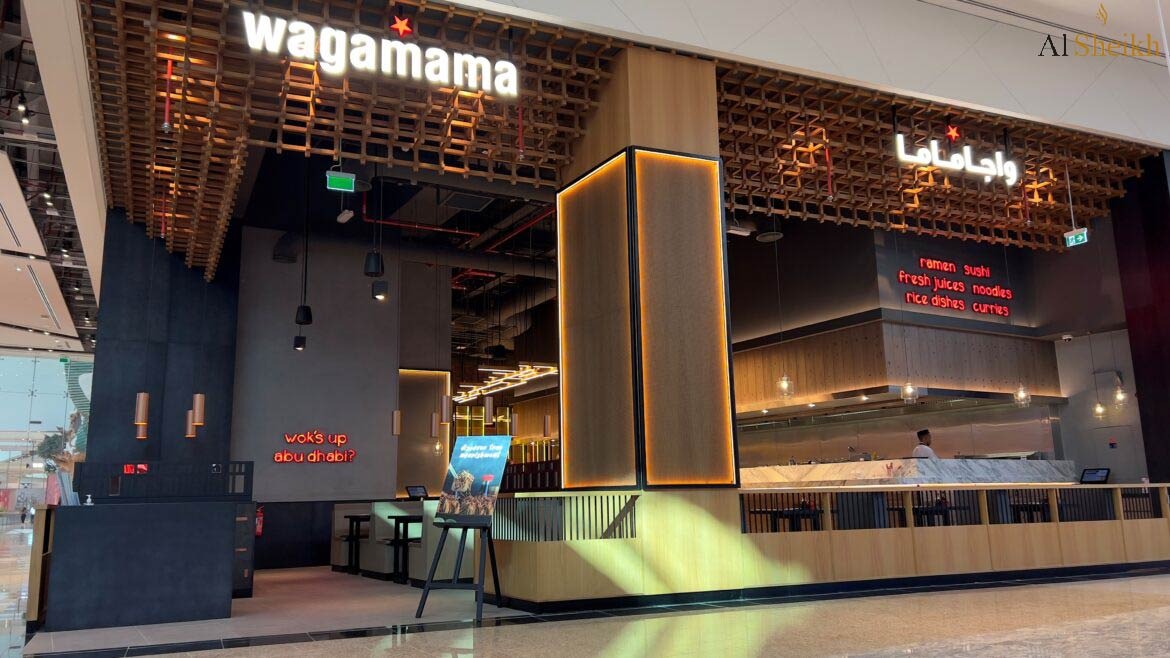The United Arab Emirates (UAE) is Famous for its stunning skyscrapers, desert landscapes, and vibrant culture. However, one of the most unique and often overlooked aspects of the UAE is its traditional cuisine. Rooted in history, Emirati food is a fusion of Bedouin traditions, Middle Eastern flavors, and influences from across the Arabian Gulf. From fragrant rice dishes to fresh meats and sweet treats, traditional food of UAE provides a taste of its rich heritage.
In this article, we’ll explore the most beloved traditional foods of UAE, dive into the history of Emirati dishes, and savour the unique flavours that make Emirati cuisine so special.
The Cultural Significance of Emirati Food
Food plays a central role in Emirati culture, often bringing family and friends together in celebration. Traditionally, meals were prepared using locally sourced ingredients like dates, fish, and camel meat, reflecting the desert lifestyle of the UAE’s ancestors. Over time, the cuisine has evolved, but its essence remains, with Emarati food still celebrated as a significant part of the national identity.
Popular Traditional Food of UAE
Let’s take a closer look at some of the iconic dishes that define UAE traditional food. From savoury delights to sweet indulgences, these are must-try Emirati foods that capture the spirit of the UAE.
Al Harees – A Ramadan Favourite
Al Harees is a simple yet hearty dish made of wheat and meat, cooked slowly until it reaches a porridge-like consistency. Traditionally, it’s prepared during Ramadan and Eid celebrations. The dish is seasoned with just salt, allowing the natural flavours of the wheat and meat to shine through. Loved for its comforting texture, Al Harees is considered one of the most important dishes in UAE traditional food.

Al Machboos – A Spiced Rice Delight
One of the most popular traditional food in UAE, Al Machboos is a spiced rice dish made with either chicken, lamb, or fish. Flavoured with aromatic spices like cinnamon, cloves, cardamom, and saffron, this dish reflects the influence of neighbouring Persian and Indian cuisines. Al Machboos is typically served on a large communal platter, encouraging family and friends to eat together, embodying the spirit of Emirati hospitality.

Balaleet – Sweet and Savoury Breakfast
A unique breakfast dish, Balaleet combines sweet and savoury flavours by pairing vermicelli noodles with sugar, cardamom, and a hint of saffron. Often served with a fried egg on top, Balaleet is a popular morning treat and an example of how Emarati food balances unexpected flavour combinations.

Luqaimat – Sweet Dumplings
Luqaimat are sweet dumplings often enjoyed as a dessert or snack in the UAE. Made from a batter of flour, milk, and saffron, these golden-brown treats are deep-fried and then drizzled with date syrup or honey. Their light, crispy exterior and soft, sweet interior make Luqaimat a beloved part of Emirati traditional food, especially during Ramadan.

Khuzi (Ghuzi) – The National Dish
Regarded as the national dish of the UAE, Khuzi (or Ghuzi) is a lavish dish made with roasted lamb or goat served on a bed of spiced rice, garnished with nuts and raisins. This meal is a staple for festive occasions, often prepared for weddings or gatherings. The tender meat and aromatic rice create a delicious, flavourful experience that represents the essence of UAE food culture.

Al Madrouba – Fish with a Twist
Seafood is a vital part of the traditional food of UAE due to the country’s coastal geography. Al Madrooba is a popular Emirati fish dish made with salted fish and a thick sauce of flour and spices, creating a unique, creamy texture. The dish is usually prepared during Ramadan and served with rice, offering a taste of the UAE’s connection to the sea.

Street Food and Modern Influences on Emirati Food
In recent years, the UAE’s food scene has embraced international influences, blending traditional Emirati food with flavours from around the world. Street food has become particularly popular, and while international fast food is available, you’ll also find stalls offering fusion dishes like Shawarma and Falafel with a local twist. Traditional foods like Samboosa (Emirati-style samosas filled with spiced meat or vegetables) have become popular street foods enjoyed by both locals and visitors.
Common Ingredients in UAE Traditional Food
Emirati cuisine relies on a variety of local ingredients that are essential to creating the authentic taste of the UAE. Here’s a look at some of the key components:
- Dates: A staple in the Emirati diet, dates are used in both savoury dishes and desserts.
- Saffron: Adding a hint of luxury, saffron is frequently used in rice and dessert dishes.
- Cardamom and Cinnamon: These spices add warmth and depth to many traditional dishes.
- Seafood: Fish and other seafood are essential due to the UAE’s coastal location, especially in dishes like Al Madrooba.
- Rice: Often used as a base in dishes like Al Machboos and Khuzi.
These ingredients, along with cooking techniques passed down through generations, make the traditional food of UAE is distinctive and deeply flavourful.
The Social Aspect of Dining in the UAE
In Emirati culture, dining is not merely about eating; it’s a social experience. Meals are typically shared communally, with family and friends gathering around large platters. Hospitality is a vital aspect of UAE culture, and guests are always encouraged to eat their fill, with hosts often serving the choicest portions. This tradition of sharing reflects the values of generosity and community that are at the heart of Emirati life.
Embracing Emirati Food Today
Today, Traditional food of UAE is enjoyed not only by locals but also by the large expatriate community and tourists. Many restaurants across the country specialise in Emirati cuisine, offering dishes that range from street food to elaborate banquets. For visitors, experiencing traditional Emirati food is a must-do, offering insight into the UAE’s cultural heritage and culinary traditions.
Traditional Food of UAE: A Visual Guide
For those interested in exploring UAE traditional food visually, here’s a list of popular Emirati dishes along with their names:
- Al Harees – Wheat and meat porridge
- Al Machboos – Spiced rice with chicken or lamb
- Balaleet – Sweetened noodles with fried egg
- Luqaimat – Sweet dumplings with date syrup
- Khuzi (Ghuzi) – Roasted meat with rice (national dish)
- Al Madrooba – Fish in a thick, spiced sauce
These images capture the essence of Emirati food, showing the variety and richness of the UAE’s culinary heritage.
The Future of Emirati Cuisine
As the UAE continues to grow as a global hub, its traditional food is also evolving. Modern chefs are now experimenting with Emirati recipes, combining traditional ingredients with contemporary cooking methods. This fusion allows the world to experience the flavours of the UAE in new and exciting ways, ensuring that Emirati food continues to thrive.
Conclusion
The traditional food of UAE offers a window into the country’s culture, history, and values. With a blend of flavours, unique ingredients, and time-honoured cooking methods, Emirati food stands as a testament to the country’s rich heritage. From the sweet Luqaimat to the hearty Al Harees, each dish is a celebration of the UAE’s culinary traditions. Whether enjoyed at a fine dining restaurant or prepared at home, UAE traditional food continues to be cherished, inviting everyone to taste a piece of the Emirates.











